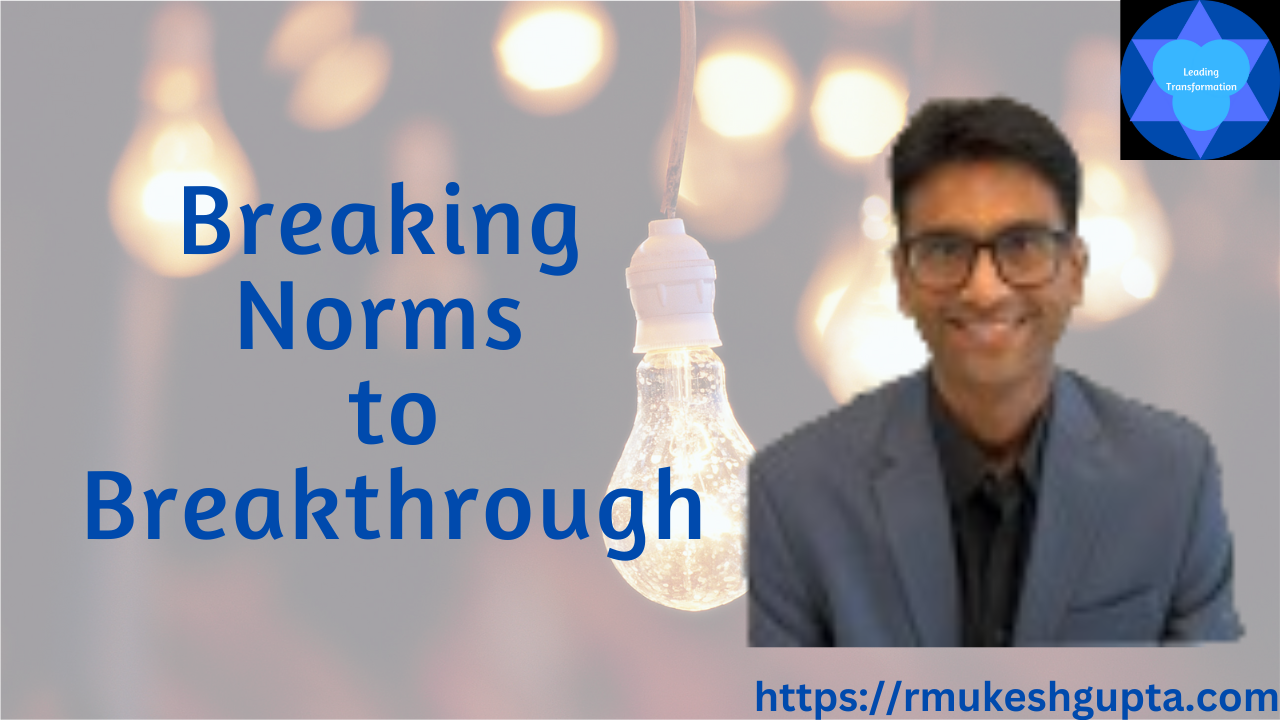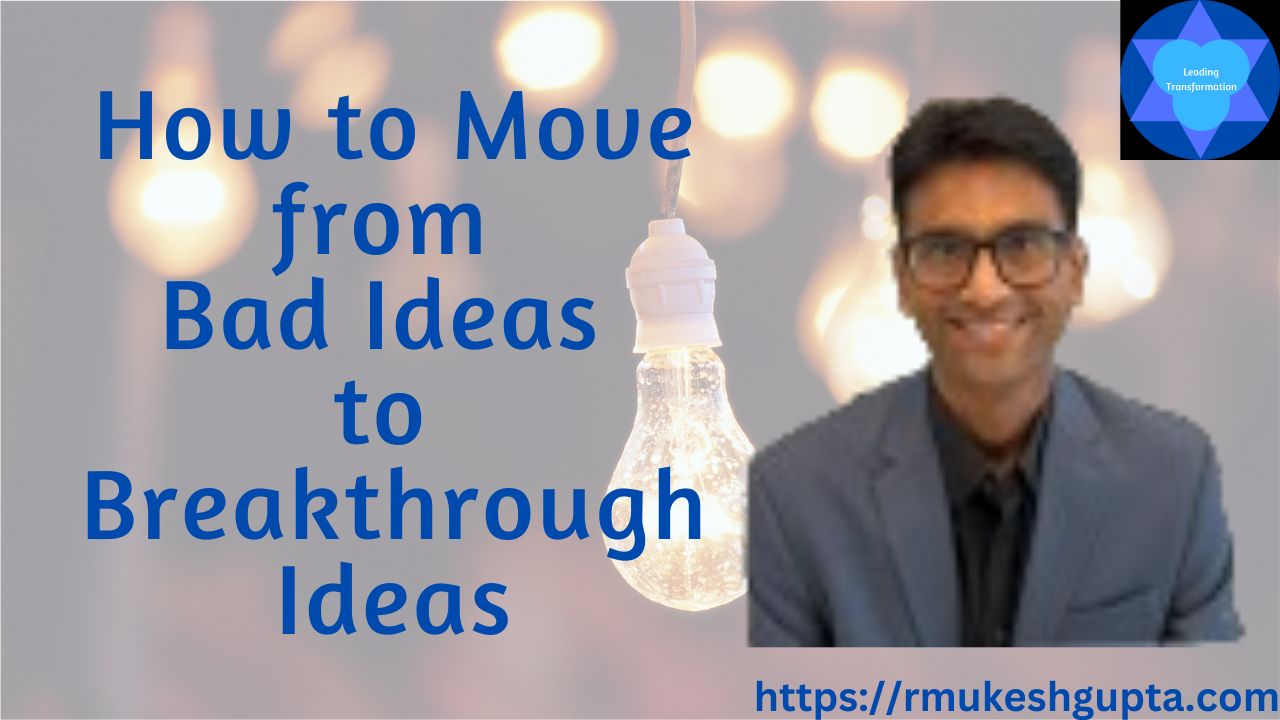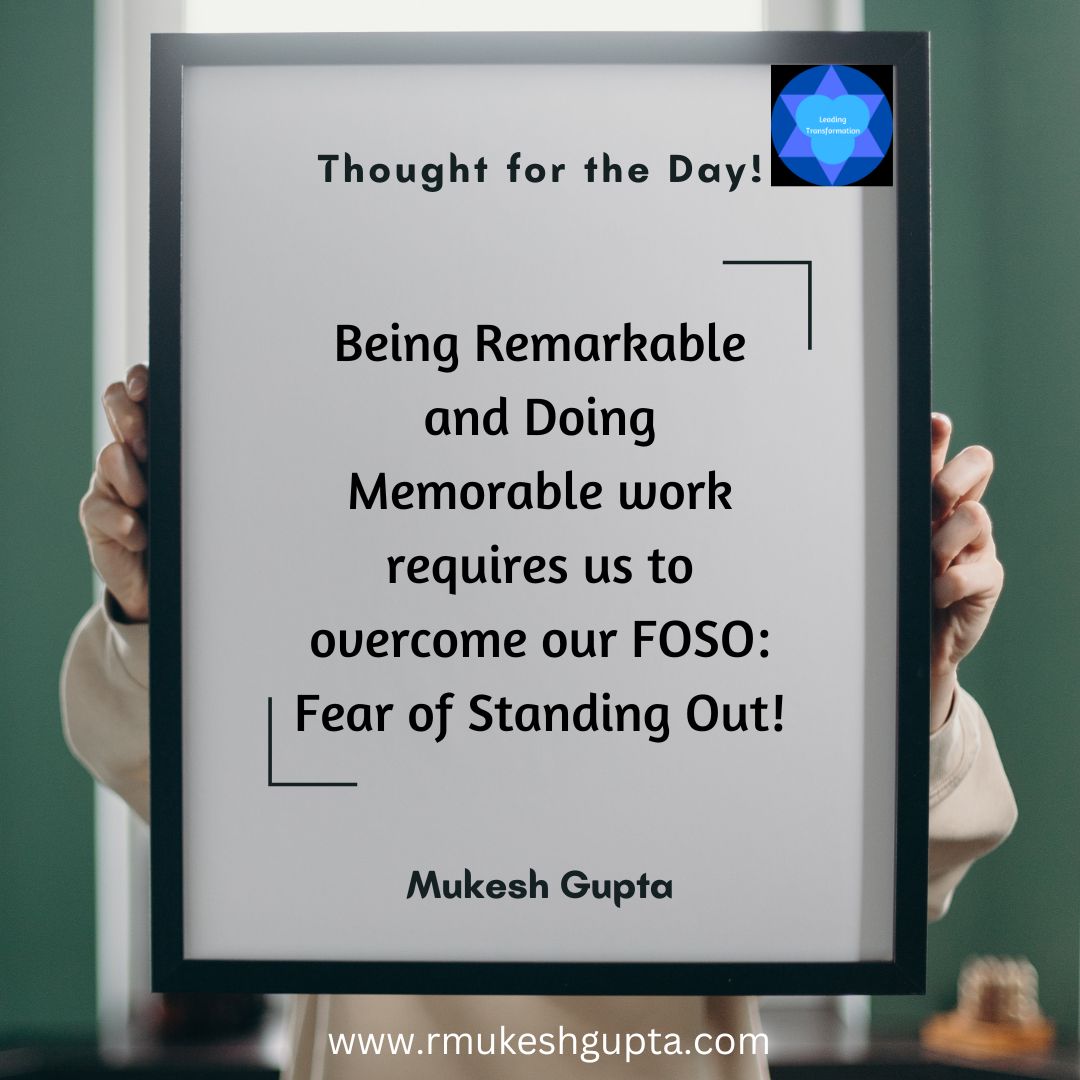One of the most important aspect of innovation is the ability to observe our customers or prospects in action in their own world. There is a lot of information about various stages of innovation but I always felt that someone needs to explore the process of observation in much more detail than has been done so far.
So, when I came across the book – Look by James Gilmore, I was excited to read on.
I must say that the James has not only done a fabulous job of going deep in the process of observation but has also used an analogy that each one of us can identify easily with, to describe the entire process of observation.
I would strongly recommend this book, if your jobs requires you to do any kind of observation (which is almost all of us) and more so, if you are trying to come up with a new product or service for a target segment.
If done well, this process has the potential to throw up so many insights for the team to build their new products/services upon.
As James says
Simply put: What you look at informs what you think about, which influences what you act upon.
Serious Creativity.
When one talks about serious creativity, I think we talk about bringing our own perspective to different things or topics.
Looking establishes this context for focusing our thoughts on a specific subject and then apply our perspective. It helps bring the world into focus.
The first rule of creativity: The easiest way to get a new idea is to think about something no one has ever thought about before.
The second rule of creativity: The easiest way to think about something no one has thought about before is to look at something in a way no one has ever looked before.
The third rule of creativity: The easiest way to create something is to combine two existing things in a way never done before.
So, the important aspect here is the following question:
Can we learn to look? Is this a skill? And if yes, can it be taught systematically to one and all?
James not only equivocally answers this and does this in a way that is not just simple but elegant.
Below are some of my notes from his book, that explains the premise of the book:
Learning to Look:
We look, but we don’t see. And we don’t see, because we’re not really there, looking as we are always distracted. We are so distracted that we now have words like pedtextrian (a term someone coined for a pedestrian texting while walking), or the screenager, which includes any of us using digital devices while not walking.
To look takes note of something as important or meaningful. It is the kind of observation that registers an “aha.” It is the kind of looking that sees something anew. It is an active process rather than a passive one. There is so much variation in the world to be compared. In making comparisons—within any field of study — greater understanding is gained. What matters does not just exist in a single field of study. There are worlds and worlds of details existing in many different disciplines. Just as value can be unlocked by making comparisons within an individual field, opportunities for new insights often only emerge when looking across multiple disciplines. Looking is pleasurable.
Looking as a Skill:
Looking can be learnt as a skill. In order to learn how to look, you need to learn to pay attention. One needs to stop, slow down and listen.
James talks about the metaphor of wearing different kinds of glasses in order to look in a specific way. Wearing these glasses can help us see the world in ways that we cannot without them. So it is with “wearing” the Six Looking Glasses—using each in different circumstances, based on the particular observational needs of the moment, we can make looking an active and derive all the different insights from the observation.
The Six Looking Glasses and the role that they play in the act of active looking are:
BINOCULARS LOOKING:
Binoculars looking involves taking a step or two back from the situation and picking a vantage point to better observe the overall scene. Find a place to take in all the action from the best vantage point. We do this so that we can decide what needs to be explored further.
BIFOCALS LOOKING
As they say, nothing is as it appears. Looking with bifocals compares and contrasts different aspects of what’s being observed, seeking to uncover various levels and layers of significance. Bifocals looking then alternates between these two different or opposing views.
MAGNIFYING-GLASS LOOKING
Once we have identified an area where we think there are insights to be gained, we use Magnifying-glass looking. This takes a break from other ways of looking to examine one particular feature in much more detail.
MICROSCOPE LOOKING
Once we have looked at a specific feature, it is also important to use microscope looking to slide up and down, left and right, seeking to identify yet more features worth examining. Using this, we look around. We explore the scene by shifting the viewed object itself—to observe even more details at the edges of the scene. Microscope looking involves scrutinising and studying the scene.
ROSE-COLORED-GLASSES LOOKING
Rose-colored glasses look ahead to improve the scene by uncovering hidden areas. This is when you look at the scene with your own layer added to the scene. This is also when we realise that there is much more that meets the eye.
BLINDFOLD LOOKING
Having employed the other ways of looking, blindfold looking reflects upon and recalls what was seen (or not seen) and how it was seen (or not). It serves to both summon what has already been noticed and to redirect further looking based on how and why something was missed or mistaken in the scene. This is when you reflect on what you have seen and what was absent that should have been there. This is an area which is often overlooked.
Strategy to Look:
James also shares his opinion on how to look and use the different glasses.
He says:
Observer might begin with binoculars to survey the scene, and then don bifocals to look at something in two different ways. Next, the magnifying glass spots something of significance, followed by microscope looking to examine more details. Finally, rose-colored glasses see something better than it is. And somewhere along the line, blindfold looking is used to recall all that has been seen.
Where to Look
He also shares his thoughts on where should one look at? There are four choices, depending upon what you would like to uncover.
- Nothing in particular
- Everything you encounter
- Anything at all, and
- Something of interest.
The book’s premise and the strategies being shared in this book will not only help us uncover hidden insights but also has the added benefit of allowing us to lead a much more engaged and an active life by helping us stay engaged in an activity that most of us are passive about.
So, please go ahead and pick up the book. It is worth you time.






One thought on “Book Recommendation: Look by James Gilmore”
Comments are closed.